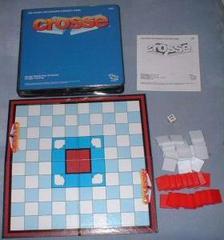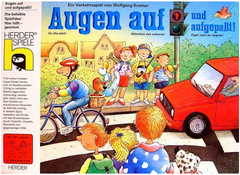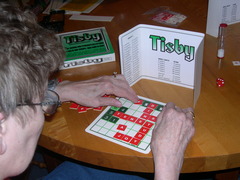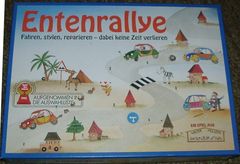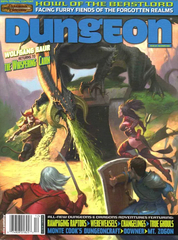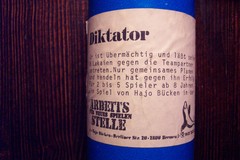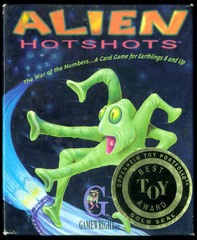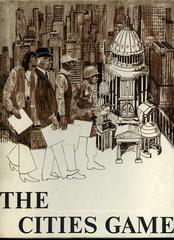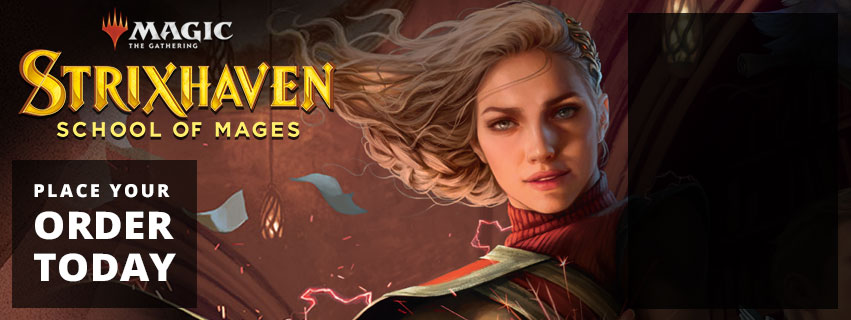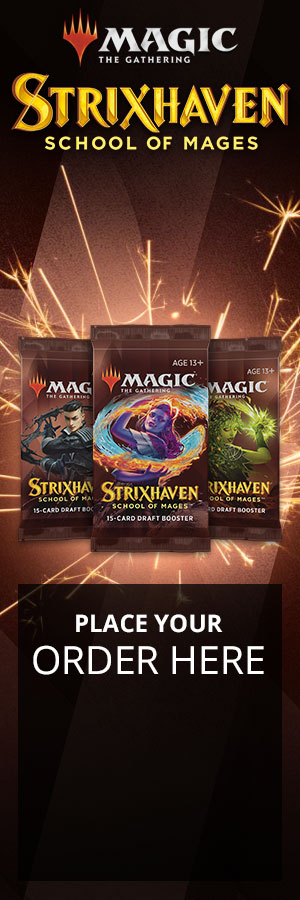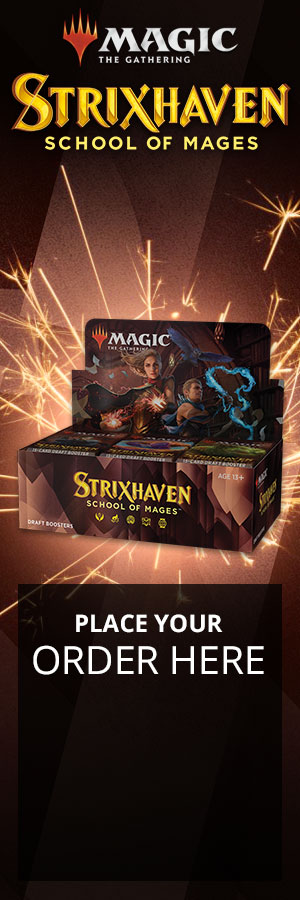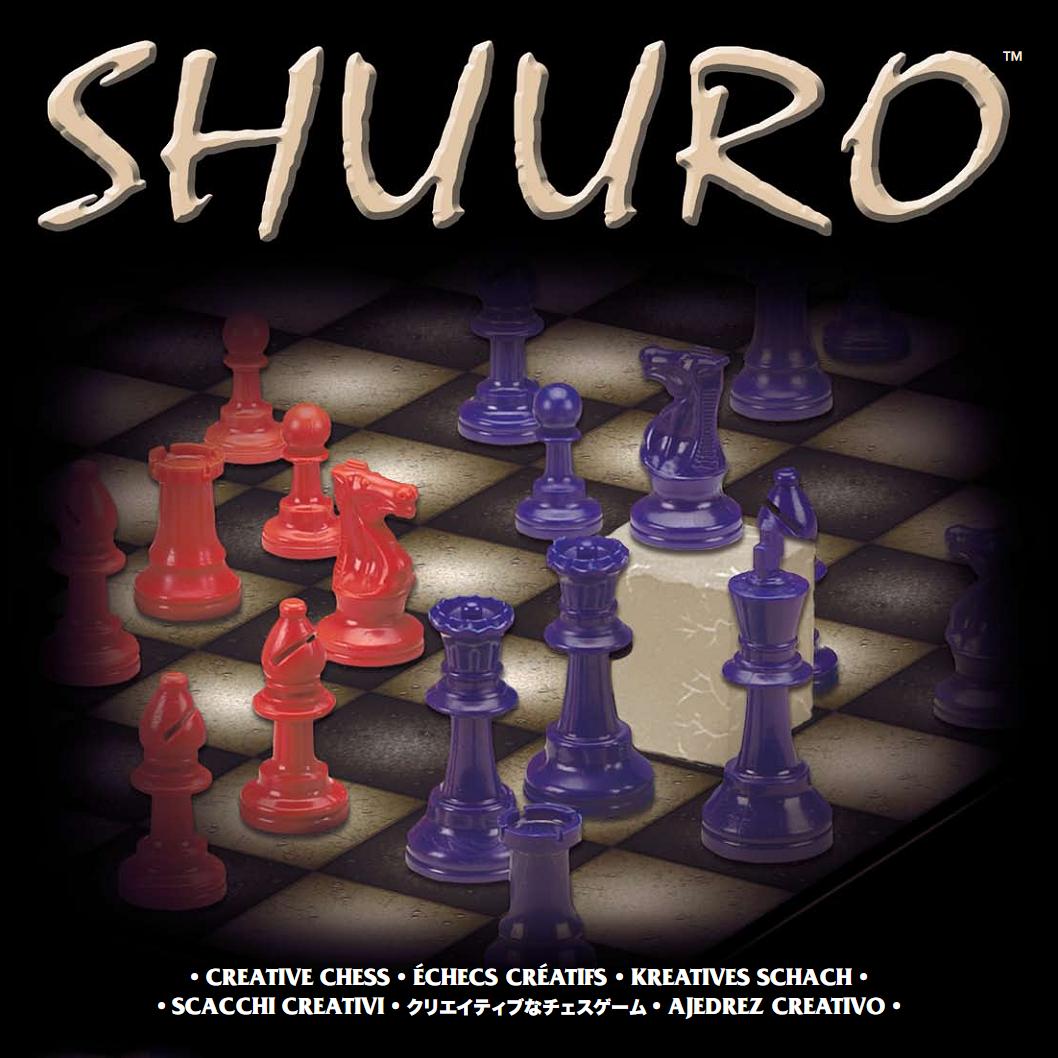
Shuuro
-
Description
SHUURO The game of creative chess.
Shuuro allows you to choose your own ‘chess army’ before every game, so that each player will have a different set of pieces. The obstacles on the board also change position every time you play, ensuring that each game will present new challenges. It’s chess, but not as you know it.
Includes board, pieces and rules for normal chess.
BOX CONTENTS:
- 1 rules leaflet
- 1 12x12 game board
- 1 King (per colour)
- 4 Queens (per colour)
- 6 Rooks (per colour)
- 8 Bishops (per colour)
- 8 Knights (per colour)
- 16 Pawns (per colour)
- 8 plinths
- 2 dice
Box Dimensions: 295×295×70 mm
Box Weight: about 1.8 KgThe word SHUURO is Sanskrit for “warrior” or “skilled one”. The choice of this ancient Indian language is not random, but it’s because the origins of the game of chess can be traced to India in the antiquity. Through the centuries, Buddhist monks, caravans on the silk road, Persian and then Arab traders have contributed to spread its use, until it reached Europe in the middle ages. So the terminology is from the remote past, but the game is quite innovative at a tactical and strategic level. Designed by Alessio Cavatore and produced by the British-Italian River Horse, Shuuro’s rules are less than two pages long. So, little reading time, but a lot of creativity are required for a game that promises never to bore, as it changes every time you play.
How does it work?
Shuuro recreates a battlefield on a twelve by twelve squares chessboard, which is therefore larger than a traditional chessboard (8X8). On this, before each game the players place eight cubic plinths of the same dimensions as the squares themselves, to represent in a stylised fashion the elements of terrain and buildings that are found on battlefields. These plinths obstacle the movement of the pieces, limiting the advantage that queen, rooks and bishops would have on such a large board, and instead favouring knights, that can jump these obstacles or even use them as impregnable castles. The fact that the plinths are randomly placed before each game ensures that the game is always new and challenging.
The second concept that sets Shuuro apart from traditional chess is the choice of chess pieces, which simulates the fact that in reality armies are never identical to the enemy. Like in three-dimensional wargaming, each piece available to the player’s choice has a set points value (for example, a Queen is worth 110 points, a rook is 70 points and a pawn is 10). Before the game, the players decide how many points they will be able to field in total (800 points, for example), and then build a chess army depending on their tactical preferences. So a player might have an army consisting of two queens, three rooks, four bishops, four knights and six pawns, while the opponent could have opted for no queens, but two rooks, six bishops, eight knights and twelve pawns.
Once again, the great variety of possible permutations, combined with the changing of the battlefield, makes every game of Shuuro different from the previous one.
Shuuro is based on innovative concepts, which marry the best elements of two different traditional games: chess and military simulation games with miniatures, also known as three-dimensional wargames (or simply “toy soldiers battles”).Three-dimensional Wargames
If chess does not need any introduction, this second type of game is somewhat less well-known. In a three-dimensional wargame, the players collect, build and patiently paint an army of metal or plastic miniatures that portray the armies of a specific historical period. Among the most popular periods are the Second World War, the Napoleonic period, or the Greek-Roman antiquity. The opposing armies are then fielded on a table representing the battlefield, with scenic elements such as woods, hills and buildings. Finally, the battles are resolved using dice, following a set of rules of varying complexity, which simulate a real battle of the chosen period. A variant of these games that is very popular among a younger public is represented by wargames that are similar to the historical ones, but are set in wars portrayed in fantasy fiction (like the Lord of the Rings) or science-fiction (like Star Wars), as is the case with the famous Warhammer Fantasy Battle.Two target audiences
Shuuro can be immediately appreciated by two categories of people: those who know and like chess and those that enjoy three-dimensional wargames.
For the first group, Shuuro represents and different challenge: what is the best combination of chess pieces one can buy? One of the interesting effects that emerged during the design and testing of Shuuro had to do with the fact that within a group of friends there is normally a well-defined hierarchy as far as chess ability is concerned, and therefore chess lose interest because the outcome of the games is too predictable. Shuuro has completely demolished this situation. The field was now level again, resetting and therefore refreshing the challenge. Because of this, Shuuro allows people that enjoyed chess at some stage during their life to renew their passion for this exceptional game.
For a passionate wargamer, instead, Shuuro is a stylisation of the complex rules systems that characterise these games. Quite at the other end of the spectrum, the rules of Shuuro are less than two pages long. In just two pages, a wargamer may learn a new game that captures some elements of his favourite pastime and allows him to share them with a much vaster audience: chess players.Not only for experts
Shuuro also has a didactic value as far as chess is concerned. The rules manual includes the full rules for traditional chess and the back of the gaming board features a normal chessboard, allowing to play or learn traditional chess. In conclusion, a box of Shuuro is two games in one, and guarantees hundreds of hours of intelligent fun. -
Details
Category: Abstract StrategyDesigner: Alessio CavatoreFamily: Chess GamesMechanics: Grid MovementPublisher: River HorseTime: 30 minutesYear: 2008

